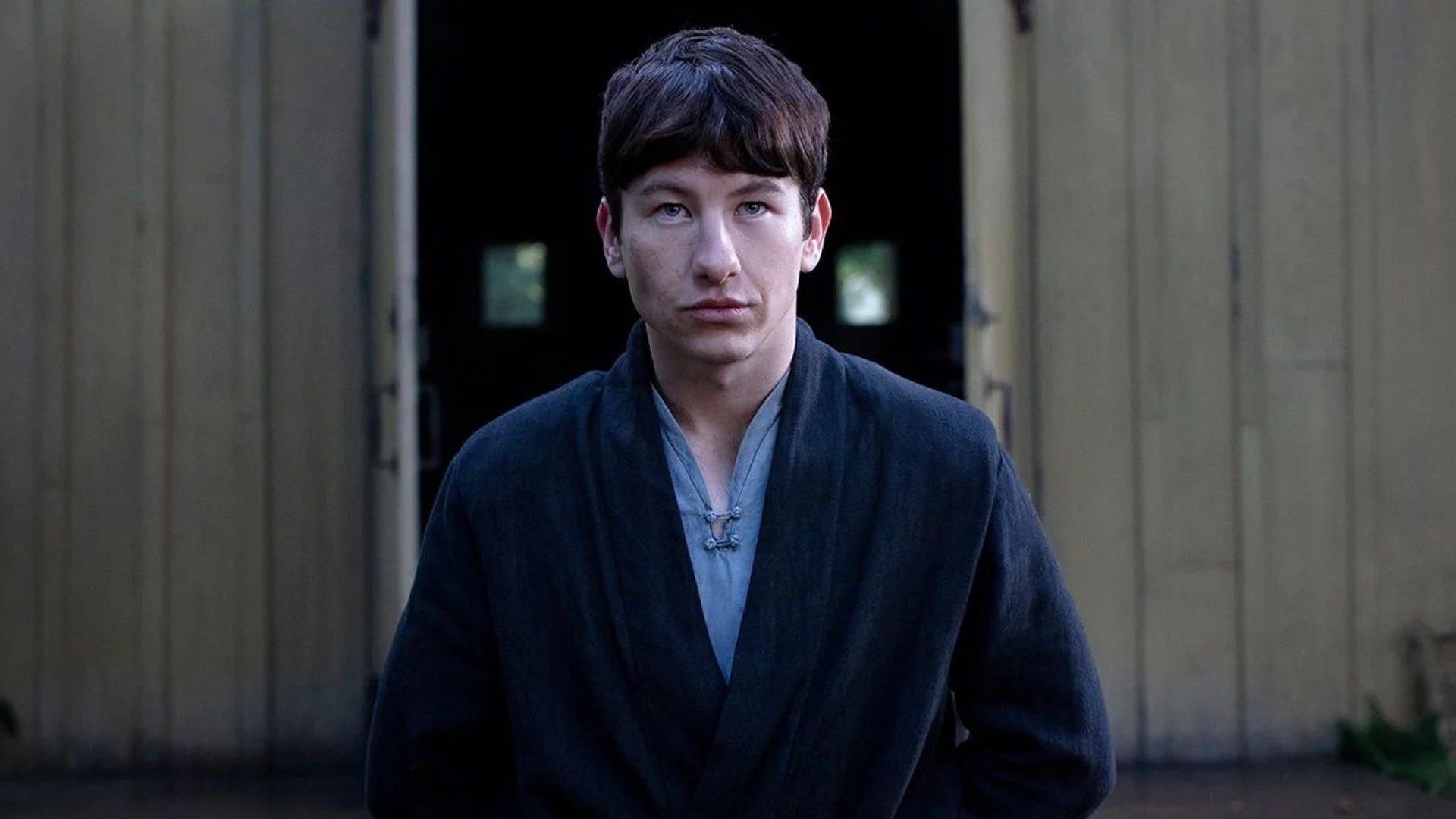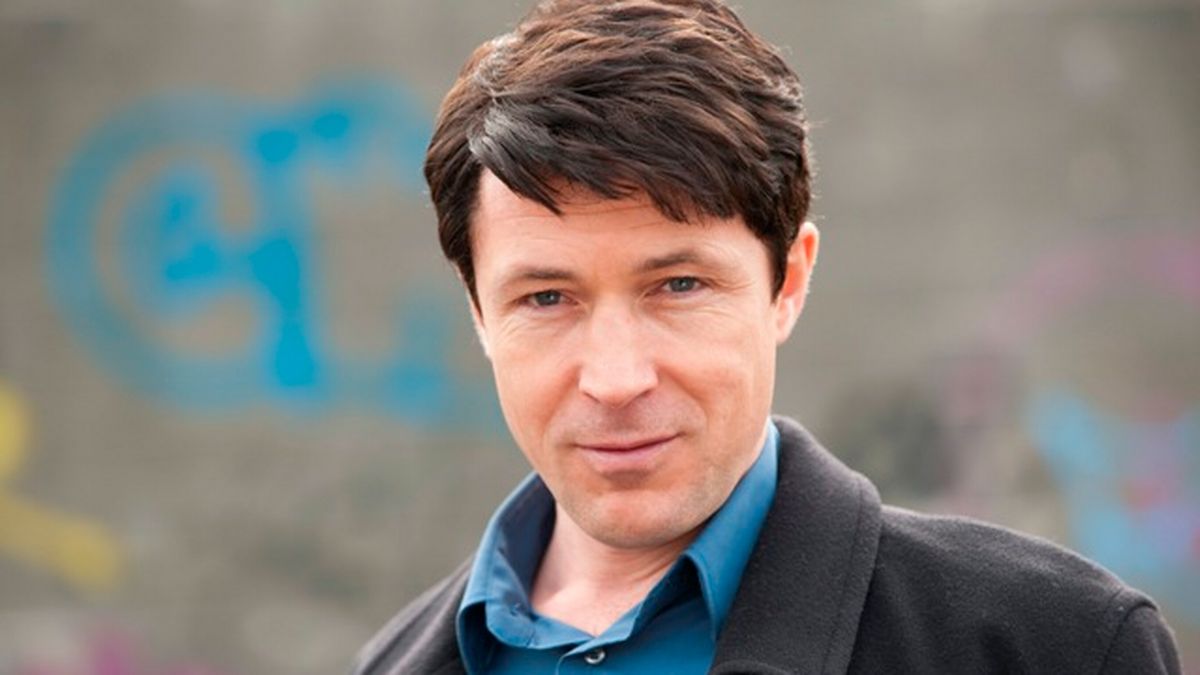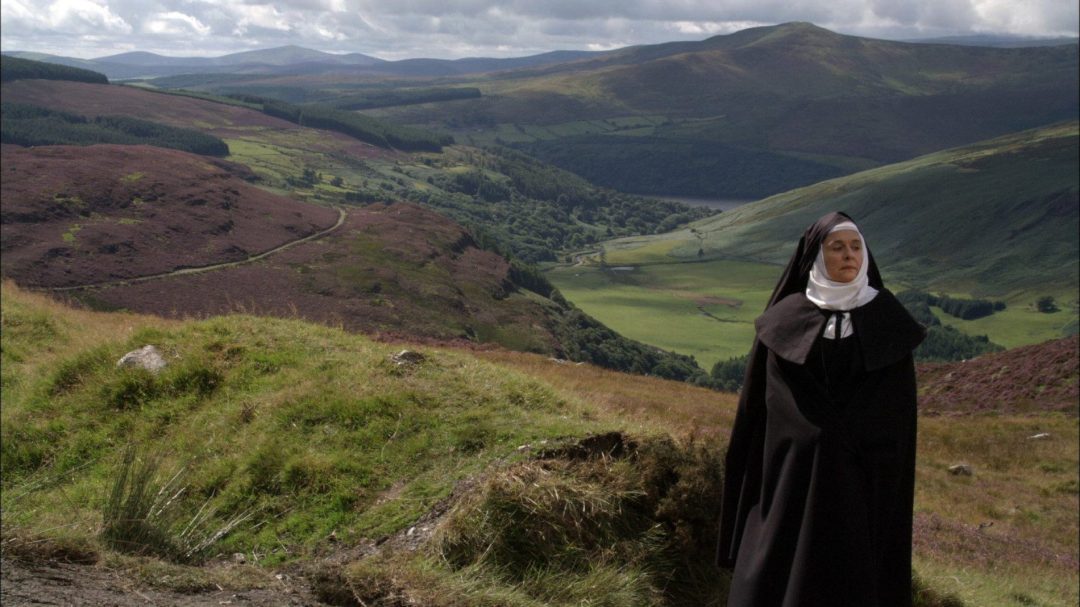With the fall of Charlemont and Meelick to Oliver Cromwell, Henry Ireton and his men moved towards Limerick which the last fortified bastion of the Confederation forces under Hugh Dubh O’ Neill and their Royalist English allies who were led by Colonel Fennell. However, due to a deterioration of the weather, Ireton broke off a siege of the city and pulled back to winter quarters.
The last fortified bastion at Limerick
In June 1651 the English returned and again laid siege to Limerick. Because the city was heavily fortified and had a garrison of 2000 men, and two initial attacks had been beaten off, Ireton decided not to risk an all-out attack and decided on a policy of starvation instead.
Felim O’Neill, in an effort to stretch his supplies, sent out the old men, the women and the children. Ireton’s men killed 40 of these people and returned the rest back to the city.
When the plague broke out the civilian population requested O’ Neill to surrender while at the same time the English had found a vulnerable point in the city walls and there was a danger of an all-out assault in the Siege of Limerick. In the city itself, the English Royalists threatened mutiny and were prepared to turn their cannon on the Irish forces. O’ Neill was forced to surrender on 27th October.
The Irish are defeated
Ireton give protection to the civilian population and their property, the confederate troops were allowed to march to Galway but they had to leave their arms behind. O’ Neill was condemned to death but reprieved and was sent as a prisoner to London, Colonel Fennell the English Royalist was hanged as was the Catholic Bishop O’ Brien. The mayor of the city, Dominic Fannon was drawn and quartered and decapitated.
Over 2000 Parliamentarians died, many from disease, as did 700 Confederates and possibly around 4000 civilians. Even Ireton himself died from the plague a month after the surrender of the city.




